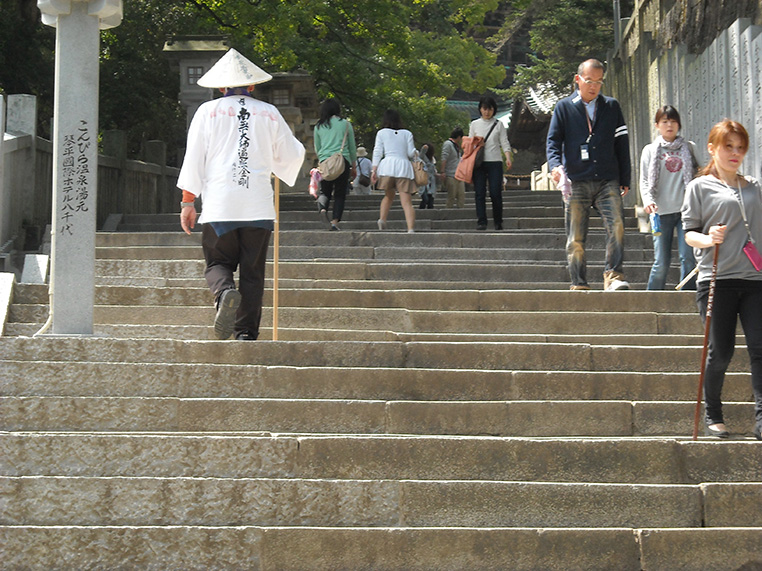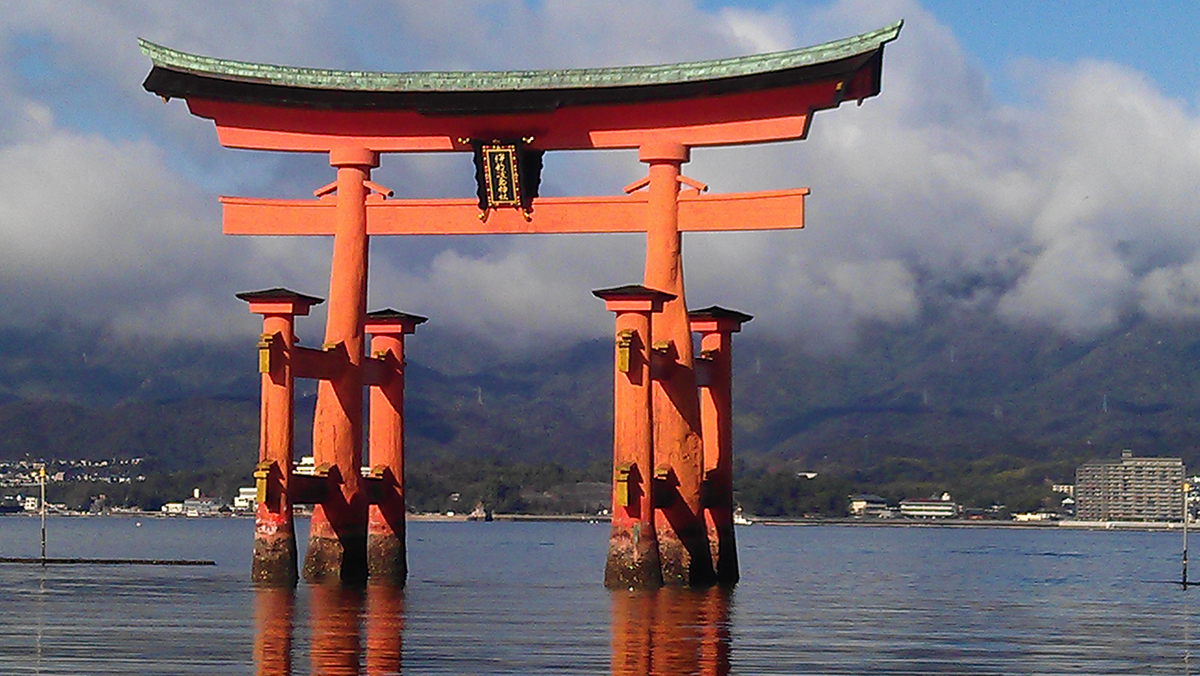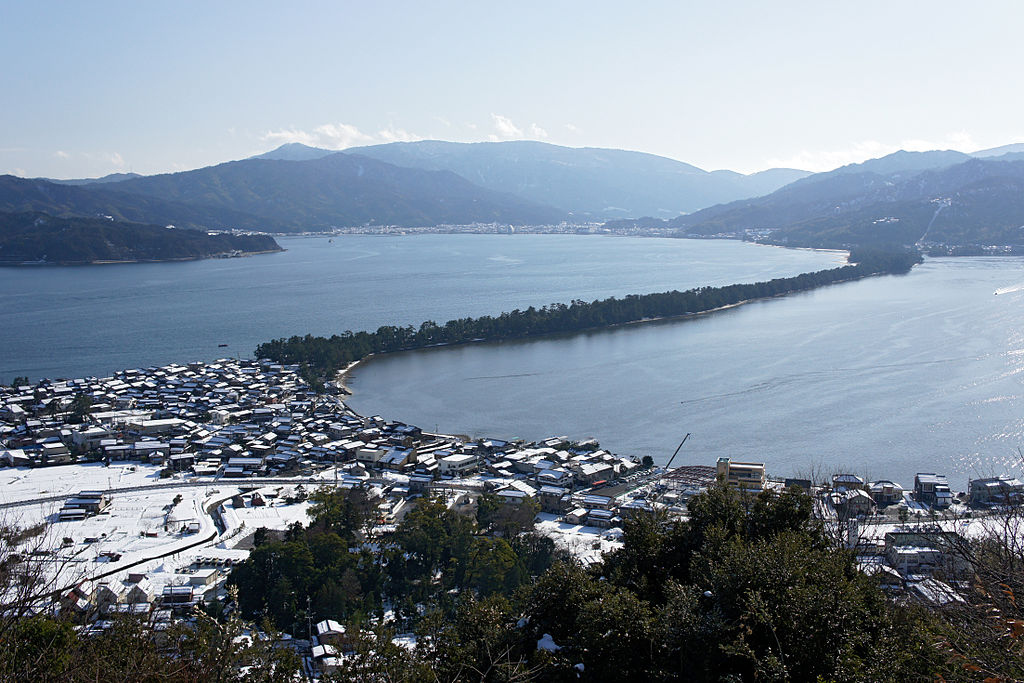Landscapes
Shikoku
Shikoku (四国, "four provinces") is one of the four main islands of Japan.
The name refers to the four former provinces that made up the island: Awa, Tosa, Sanuki, and Iyo -
about the same regions as today´s prefectures. The landscape consists of high mountains,
steep slopes and a rough coastline, which didn´t make it suitable for intense agriculture.
This is one of the reasons it became popular as a place for the practice of mountain asceticism
and is today closely linked to Shingon Buddhism.
Shikoku Pilgrimage
The Shikoku Pilgrimage (四国遍路 Shikoku "Henro") has regained increased popularity in recent times
and can be compared to the pilgrimage of Santiago the Compostella.
The tradition of pilgrimage exists since the Heian period (794-1185) and in case of the "Henro" route in Shikoku
it was established by the monk Kukai.
The whole route encompasses 88 temples distributed among the Shikoku islands.
In general there are two ways to carry out the pilgrimage: either one travels from temple to temple
by car or train or on focuses on the route itself, traveling by foot.
In either case the temple visit follows a strict routine, including the lighting of candles,
sutra chanting and prayer, usually performed in a special dress.
The visit can then be documented and confirmed by a temple staff member who draws a calligraphic signature
in the pilgrim´s log book.
If you plan to do the full pilgrimage route including all 88 temples you should reserve 30-60 days,
depending on walking speed. The complete distance of the standard walking course is approximately 1200 kilometres.
 Photo of the author
Photo of the author
 Photo of the author, showing the temple on the birthplace of the monk Kukai
Photo of the author, showing the temple on the birthplace of the monk Kukai
Miyajima
Miyajima (宮島) ("shrine island") is - as the name suggests - an island with a shrine.
It counts as one of the three most beautiful sceneries in Japan (these three spots called "sankei"
consist of Miyajima, Amanohashidate & Matsushima).
Since pre-historic times the island has the rank of holy land.
In the 6th century the impressive Itsukushima-Shrine was built for the first time and then restructured
in the 12th century. The image of the red Toori (shrine gate) within the water
is one of the most representative images of Japan´s scenic beauty.
In 1996 it was declared "World Heritage" by the UNESCO.
But there are several other (Shintoist) shrines and also Buddhist temples on the island.
 photo of the author, showing the gate of the Itsukushima-Shrine
photo of the author, showing the gate of the Itsukushima-Shrine
Amanohashidate
Amanohashidate (天橋立) is another one of the officially three most beautiful landscapes of Japan.
It literally means "heaven´s bridge" and refers to the Japanese myth of Izanami and Izanagi,
the founders of Japan, who stood on this natural bridge and then put their spears into the ocean.
The water drops which then dripped off the spear formed the islands of Japan,
according to this mythical account.
The landscape is indeed very special and actually does resemble a bridge,
connecting the two opposing sides of the Miyazu Bay. On the other side a Buddhist temple is located,
as part of one of the many pilgrimage routes in Japan.
 Photo provided by Wikipedia Commons: https://en.wikipedia.org/wiki/File:Amanohashidate_view_from_Kasamatsu_Park01s3s4410.jpg
Photo provided by Wikipedia Commons: https://en.wikipedia.org/wiki/File:Amanohashidate_view_from_Kasamatsu_Park01s3s4410.jpg